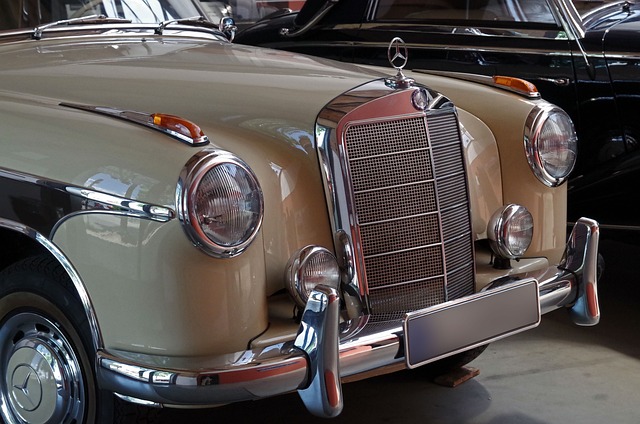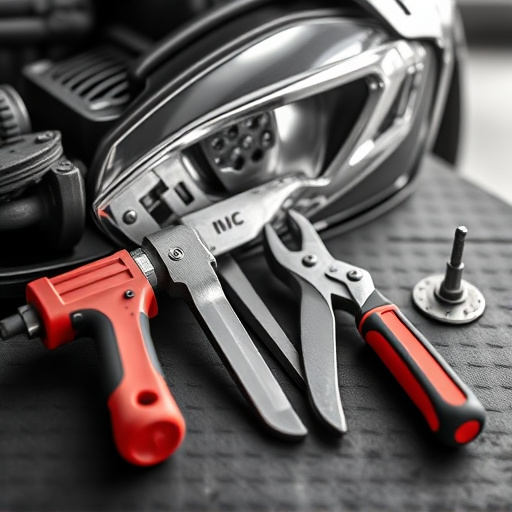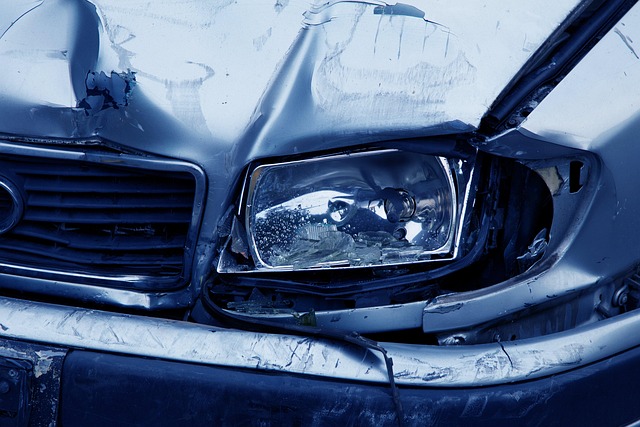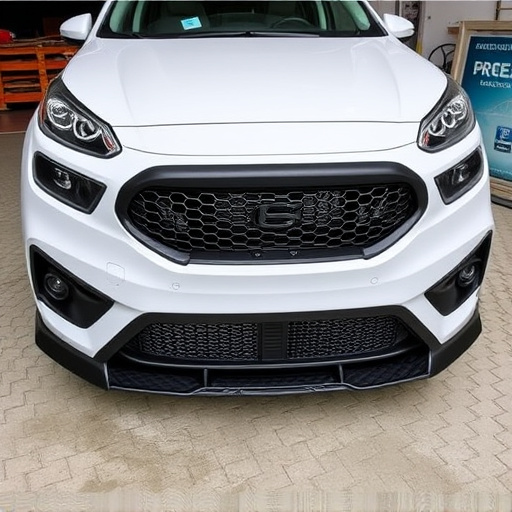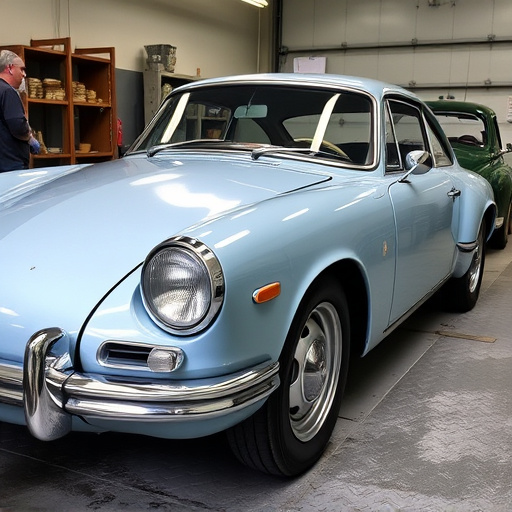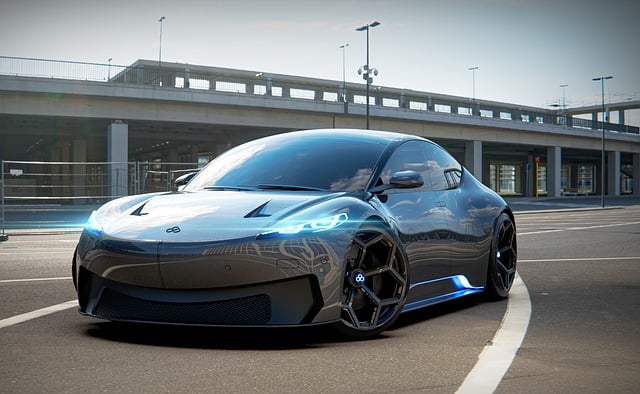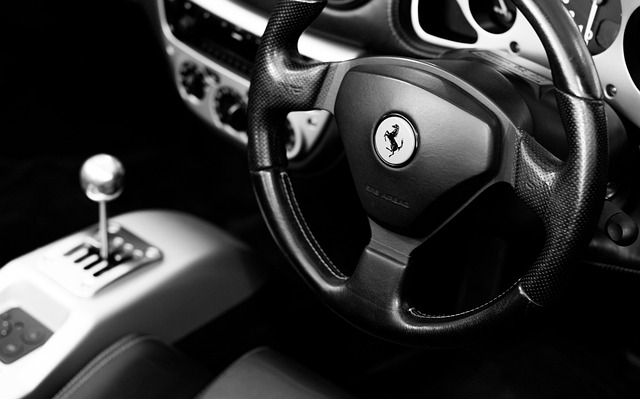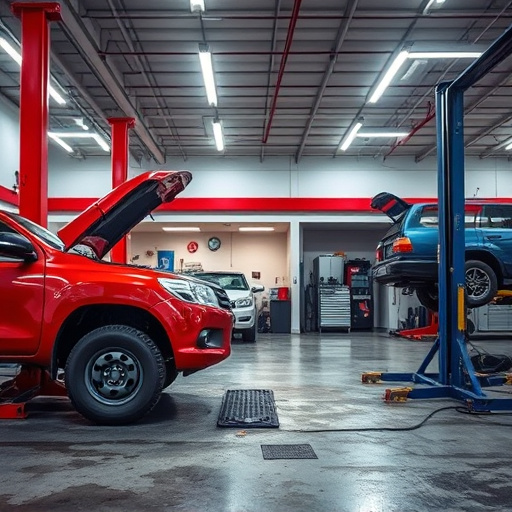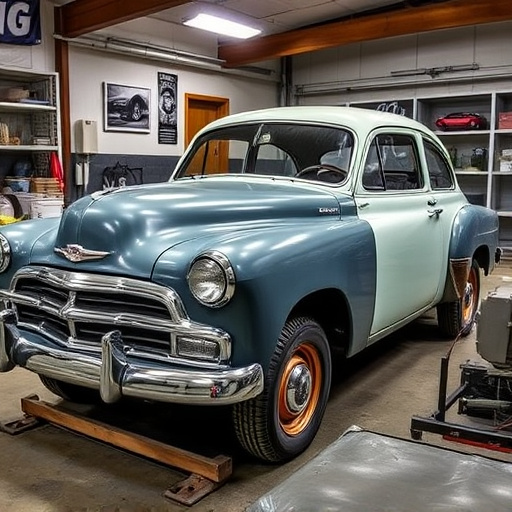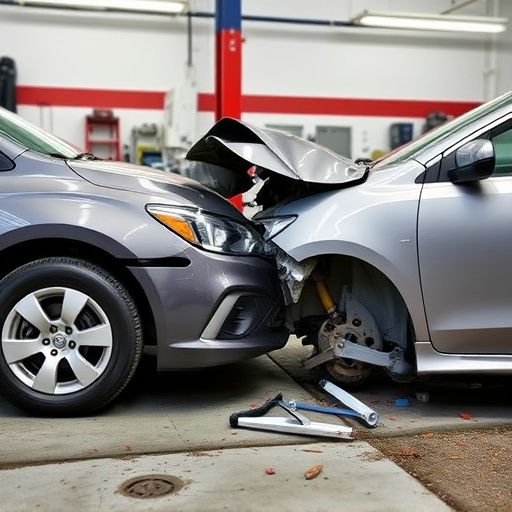Using Original Equipment Manufacturer (OEM) parts for plastic panel repair and replacement ensures precise fitting, maintains vehicle aesthetics, and boosts resale value, especially in luxury brands like Mercedes Benz. OEM components meet strict manufacturing standards, offering enhanced durability, impact resistance, and corrosion protection. Best practices include technician training on OEM specifications and reliable inventory management from trusted suppliers to guarantee high-quality, long-lasting repairs that preserve vehicles' structural integrity and visual appeal.
In the realm of automotive and vehicle restoration, the quality of plastic panel repair replacement is paramount. Original Equipment Manufacturer (OEM) parts play a pivotal role in ensuring superior repair outcomes. This article delves into the significance of using OEM parts, highlighting their impact on replacing plastic panels effectively. We explore best practices for integrating these parts into repair processes, underscoring how they contribute to longevity and aesthetic precision. Understanding and leveraging OEM parts is key to achieving top-notch results in modern vehicle restoration.
- Understanding OEM Parts: Their Significance in Plastic Panel Repair
- The Impact of Using Original Equipment Manufacturer (OEM) Parts on Replacement Quality
- Best Practices for Incorporating OEM Parts in Plastic Panel Repair and Replacement Processes
Understanding OEM Parts: Their Significance in Plastic Panel Repair

OEM (Original Equipment Manufacturer) parts play a pivotal role in ensuring top-notch quality for plastic panel repair and replacement. These genuine components are designed and engineered specifically for a particular vehicle make and model, aligning perfectly with the manufacturer’s standards. Using OEM parts in plastic panel repair is significant because it guarantees both form and function. They maintain the original fit, finish, and structural integrity of the car panel, ensuring it looks and performs just like the factory-fitted part.
Unlike aftermarket or generic substitutes, OEM parts are subject to rigorous testing and quality control measures. This ensures they meet not only the manufacturer’s specifications but also the highest industry standards for durability and safety. For example, in a mercedes benz repair scenario, using the correct OEM panels can significantly enhance the overall aesthetics and resale value of the vehicle. Many body shop services prioritize using these original parts to deliver reliable auto repair services that stand the test of time.
The Impact of Using Original Equipment Manufacturer (OEM) Parts on Replacement Quality
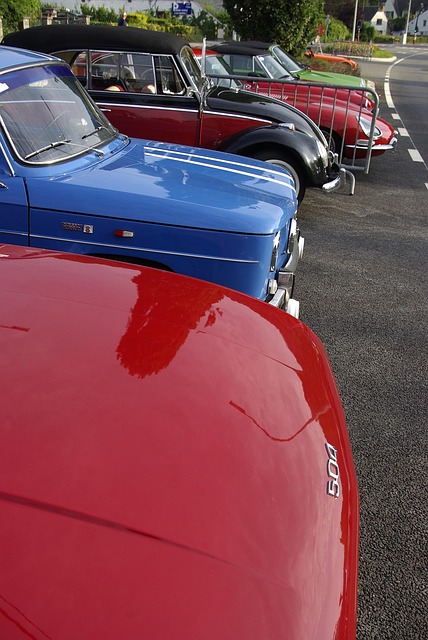
Using Original Equipment Manufacturer (OEM) parts for plastic panel repair and replacement is a strategic choice that significantly influences the quality and longevity of vehicle bodywork services. OEM parts, designed specifically for a particular car model, ensure precise fitting and seamless integration with the existing vehicle structure. This accuracy minimizes the risk of misalignment or gaps, common issues when using aftermarket components, which can compromise the structural integrity of the car’s bodywork.
Moreover, OEM parts often come with advanced engineering and manufacturing standards, incorporating the latest innovations in materials and design. These advancements translate to enhanced durability, improved impact resistance, and better corrosion protection for plastic panels. As a result, cars equipped with OEM replacements may exhibit superior performance in bumper repair and overall aesthetic appeal, contributing to a more robust and visually appealing vehicle bodywork services experience.
Best Practices for Incorporating OEM Parts in Plastic Panel Repair and Replacement Processes

When incorporating OEM (Original Equipment Manufacturer) parts into plastic panel repair and replacement processes, best practices should be followed to ensure top-notch quality in vehicle body shop operations. Firstly, training technicians on the unique specifications and materials of OEM parts is crucial. This includes understanding part compatibility, installation methods, and any special considerations for different vehicle models. Proper training enhances precision during car body repair, ensuring each replacement part seamlessly integrates with the vehicle’s existing structure.
Secondly, maintaining a reliable inventory of genuine OEM parts is essential. Vehicle bodywork professionals should source these parts from trusted suppliers to guarantee authenticity and quality. By prioritizing the use of original equipment in plastic panel repair, shops can deliver long-lasting, high-quality repairs that match the manufacturer’s standards. This approach not only preserves the vehicle’s aesthetic appeal but also ensures safety and structural integrity for years to come.
In conclusion, integrating Original Equipment Manufacturer (OEM) parts into plastic panel repair and replacement processes significantly enhances quality and durability. By understanding the unique specifications and manufacturing standards of OEM parts, professionals can ensure precise fits, superior performance, and long-lasting results in automotive restoration and customization. Adopting best practices for incorporating these parts streamlines workflows and fosters consistent excellence in plastic panel repair replacement.
